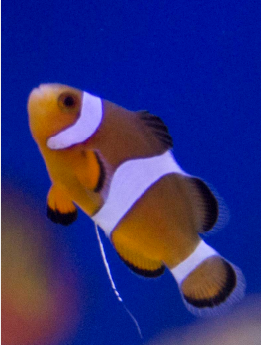- Joined
- Apr 19, 2018
- Messages
- 1,454
- Reaction score
- 1,103
all fish r eating medicated food with garlic added for flavor except for Lyretail Anthia. It's not even eating thawed frozen (food+GC+Focus+garlic) that it normally gobbles up ... any suggestions @Humblefish @Big G ?




















